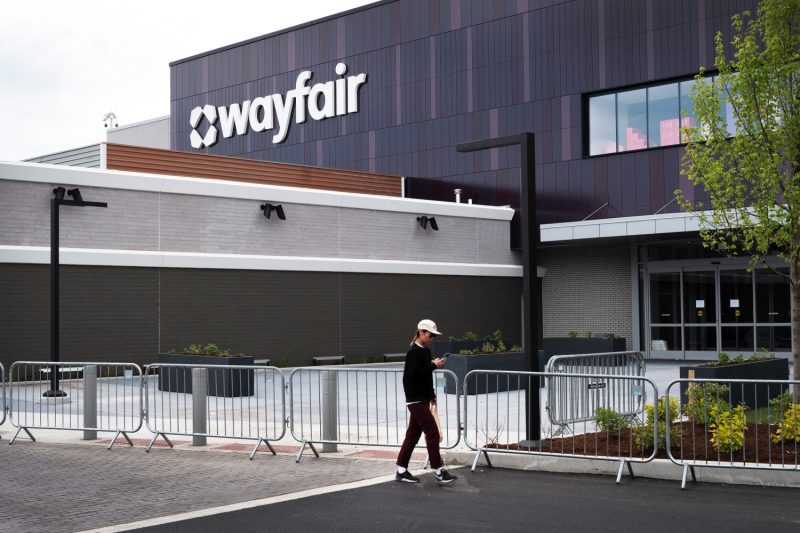As the retail landscape continues to evolve and adapt to changing consumer preferences, online giant Wayfair is set to open its first large physical store. This move marks a shift in strategy for the e-commerce company, as it joins other digital-first brands in expanding into brick-and-mortar locations. The decision to open a physical store comes at a time when traditional retailers are facing increasing competition from online players, prompting many to rethink their strategies and find new ways to engage with customers.
With the rise of e-commerce and the convenience of online shopping, physical retail stores have faced significant challenges in recent years. However, as consumer behavior shifts and preferences change, there is a growing recognition of the importance of having a physical presence to complement online offerings. Wayfair’s decision to open a large store signals a recognition of the value of offering customers a hands-on experience with their products, as well as providing a space for personalized consultations and design services.
The move to open a physical store is also a strategic step for Wayfair to differentiate itself from competitors and to strengthen its brand presence in the marketplace. By providing a physical space for customers to interact with products and experience the Wayfair brand firsthand, the company aims to create a more immersive shopping experience and build stronger connections with its customers. This approach aligns with the trend among digital-first brands to establish a physical footprint as a way to drive customer engagement and loyalty.
In addition to enhancing the overall customer experience, opening a physical store can also help Wayfair drive sales and increase market share. By leveraging the store as a showroom for its products, the company can showcase its vast selection and inspire customers to make purchases they may not have considered online. The physical store can serve as a hub for special promotions, events, and exclusive offers, further incentivizing customers to visit and shop in-store.
Moreover, the decision to open a large physical store reflects a broader trend in the retail industry towards omnichannel strategies that blend physical and digital channels to create a seamless shopping experience. By integrating online and offline capabilities, retailers can meet the evolving needs of customers and cater to their preferences for how and where they shop. This holistic approach not only enables brands to reach a wider audience but also allows them to deepen customer relationships and foster brand loyalty.
As Wayfair embraces the opportunity to open its first large physical store, the move underscores the company’s commitment to innovation and meeting the changing needs of consumers. By combining the convenience of online shopping with the personalized touch of a physical store, Wayfair is well-positioned to drive growth and stay relevant in an increasingly competitive retail landscape. Moving forward, the success of this new venture will depend on how effectively the company leverages its physical presence to create unique and compelling experiences for customers, ultimately driving long-term success and sustainability in the market.
